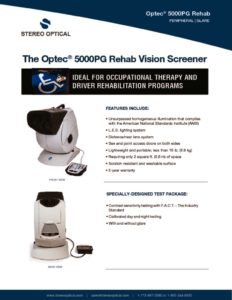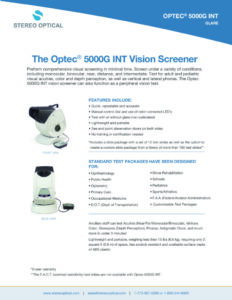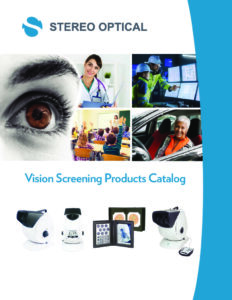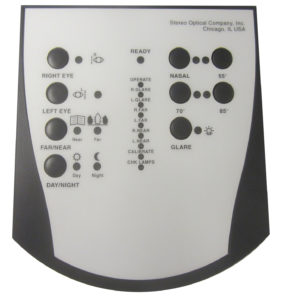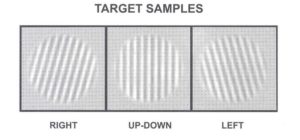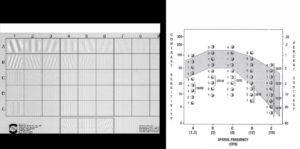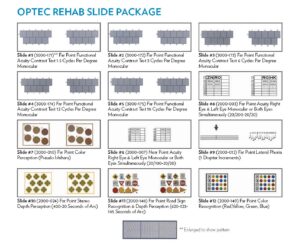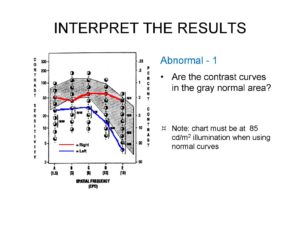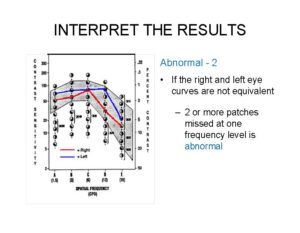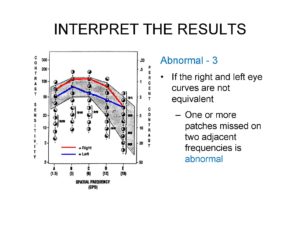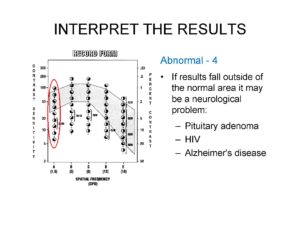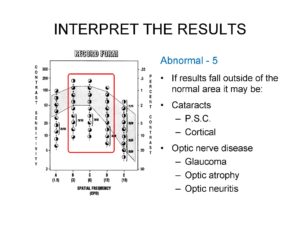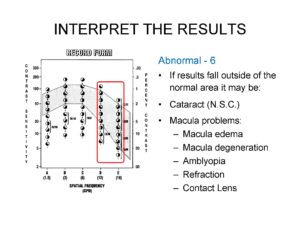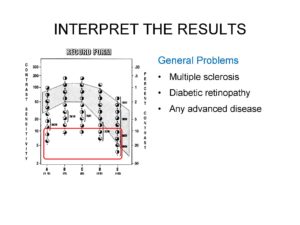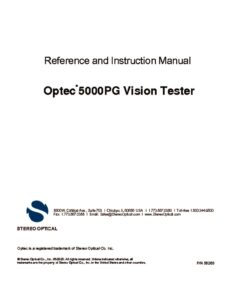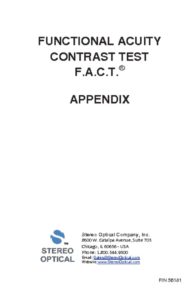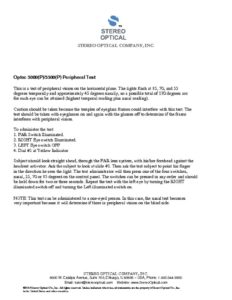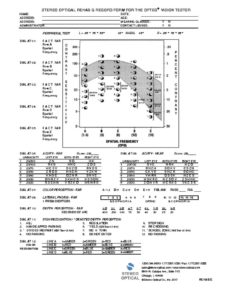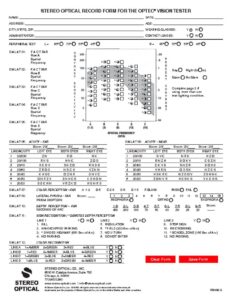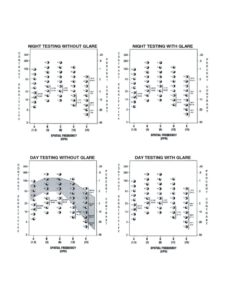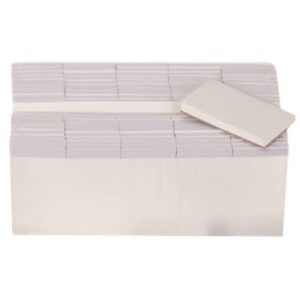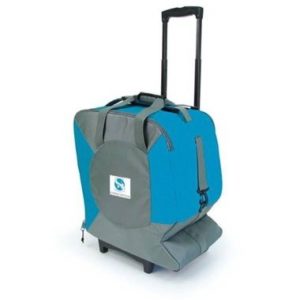Optec® 5000PG REHAB
Contrast Sensitivity Testing / Glare Testing / Day and Night Testing
Ideal for occupational therapy and driver rehabilitation programs
- New, unsurpassed homogeneous illumination
- L.E.D. lighting system
- Distance/Near Lens system
- Four test lighting conditions: day or night, with or without glare
- See and point access doors on both sides
- Calibrated day & night testing, with and without Glare
- Includes F.A.C.T. contrast sensitivity – The industry standard
- Optec 5000PG REHAB is the custom model developed especially for the driver rehabilitation industry.
The Stereo Optical Optec Vision Screeners are the ONLY vision screeners with target illuminance that comply with the American National Standards Institute (ANSI).
Request Quote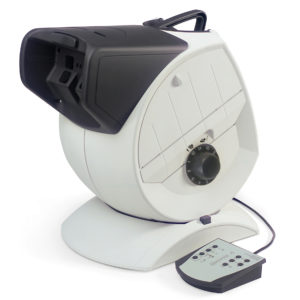
$5,670.00Add to cart
Cleaning
Clean and disinfect the forehead activator and surrounding area gently with disinfectant wipes or a soft, slightly damp, and lint-free cloth with 70% isopropyl alcohol. Clean gently and never spray alcohol directly on the screener surfaces.
Click to view full image:
- F.A.C.T. Chart and Graph
- Driver Rehab Package w F.A.C.T. and Glare
- Interpret Results – 1
- Interpret Results -2
- Interpret Results – 3
- Interpret Results – 4
- Interpret Results – 5
- Interpret Results – 6
- Interpret Results – 7
How do I clean and disinfect the screener cover?
Clean and disinfect the forehead activator bar and surrounding area gently with disinfectant wipes or a soft, slightly damp, and lint-free cloth with alcohol. We have used 70% isopropyl alcohol to clean and disinfect our equipment surfaces. Clean gently with a damp cloth and never spray alcohol directly on the screener surfaces.
What is contrast sensitivity?
Contrast sensitivity (CS) refers to the ability of the visual system to distinguish between an object and its background. For example, imagine a black cat on a white snowy background (high contrast) versus a white cat on a white snowy background (low contrast). In all conditions where visual acuity is reduced, CS is reduced as well. However, sometimes CS is reduced more than expected based upon the visual acuity alone. This means that if only visual acuity is tested, the visual disability of the person with relatively reduced contrast sensitivity will be underestimated.
How is CS tested?
CS is tested in two ways: low contrast letters or sine-wave grating with varying spatial frequency. CS testing measures visual performance over a wide range of sizes and contrasts. The purpose of the test is to assess how well a person functions visually to see everyday objects such as faces and signs.
What are the indications for CS testing?
CS testing is useful as an auxiliary means of assessing visual difficulties in patients who test well with a traditional Snellen chart. A Snellen chart employs high contrast, i.e., black letters on a white background. Many people can read the 20/20 line and still complain of visual difficulties, such as driving at night (i.e., low contrast conditions). This may be due to optical aberrations of the visual system, contact lens problems, ocular pathology, complications related to medications, and ocular manifestations of systemic diseases.
Why am I not getting ‘light’ to my vision screener? I have checked that the machine is receiving power.
At least one or both of the left- and right-eye buttons must be illuminated on the control panel for the screener to receive light. If neither button is illuminated, we do not know which eye(s) you want to test. Then there is no light when you look inside the screener and you may think the machine is not on.
Why are some of my slides up side down?
Test slides will appear upside-down or reversed when looking at a near point slide at a far point setting (and vise versa).
What lighting condition is acceptable for the testing room?
Any lighting condition is acceptable for day testing. Night testing should be administered in a dimly lit room.
How do you change the light bulbs in the vision tester?
There are no light bulbs in the vision tester. The unit is run solely on LED’s (Light Emitting Diodes).
Why won’t my dial/knob advance/reverse?
Most often, the drum will not advance/reverse if the back/rear door is not securely closed.
Can I use glare in any of the lighting conditions (i.e., Day at Near)?
No, glare testing cannot be done at the near setting. However, an alternative will be to use a near lens (in the ancillary holder).
Can glare be used on any other tests besides contrast sensitivity?
Yes, glare can be used on any test, although this is not common.

